No other round has made as much splash at PRS events of late as has the 6mm GT.
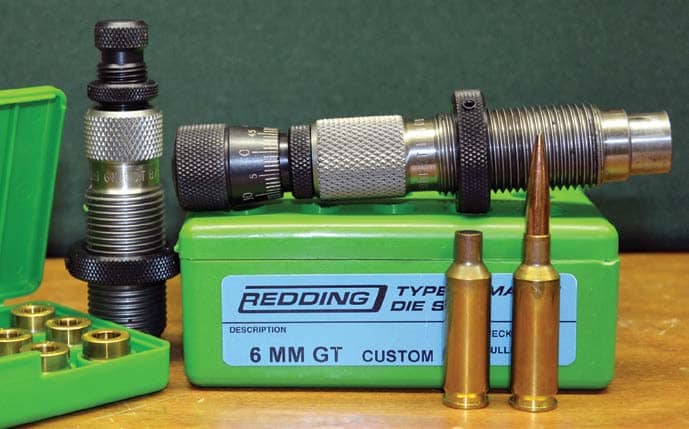
While it’s only been commercially available for a little over two years, the accuracy and improved feeding capabilities of the 6mm GT have made it so two years is all it took to firmly stake its claim in the world of competitive shooting.
But just what is 6mm GT? Where did it come from? What are its advantages?
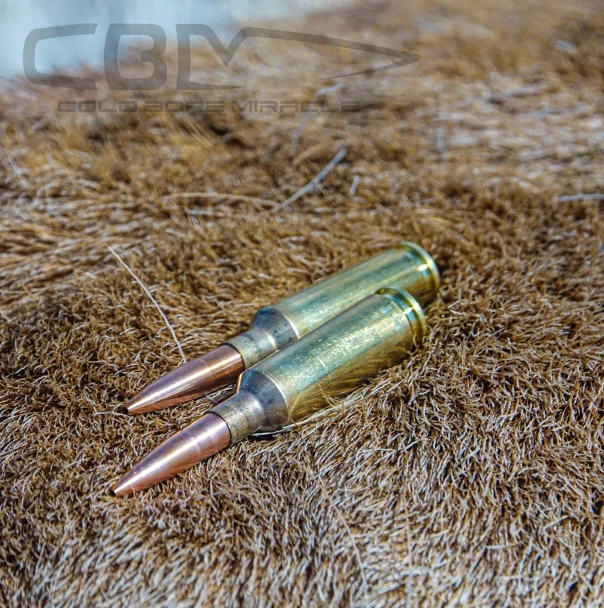
Today, we’re going to discuss this and more by walking through the 6mm GT and how it got its start. So keep reading to learn more!
Table of Contents
Loading…
Where Did the 6mm GT Come From?
The 6mm GT got its start from George Gardner.
Gardner, of GA Precision, and his friend and business partner Tom Jacobs — renowned long-range shooter and creator of Vapor Trail bullets — were discussing what they wished was available for their PRS events.

The two of them hang out a lot together, Gardner told Pew Pew Tactical, and were jointly “complaining about different cartridges and their failures.”
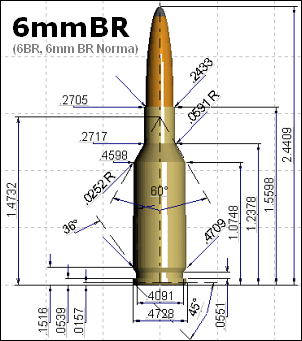
They had both grown frustrated with how 6BR feeds through a magazine and had noted that PRS shooters using it were constantly fiddling with their magazines at competitions.
When you’re at an event and racing against the clock, a failure to feed can easily spell the difference between winning and losing.
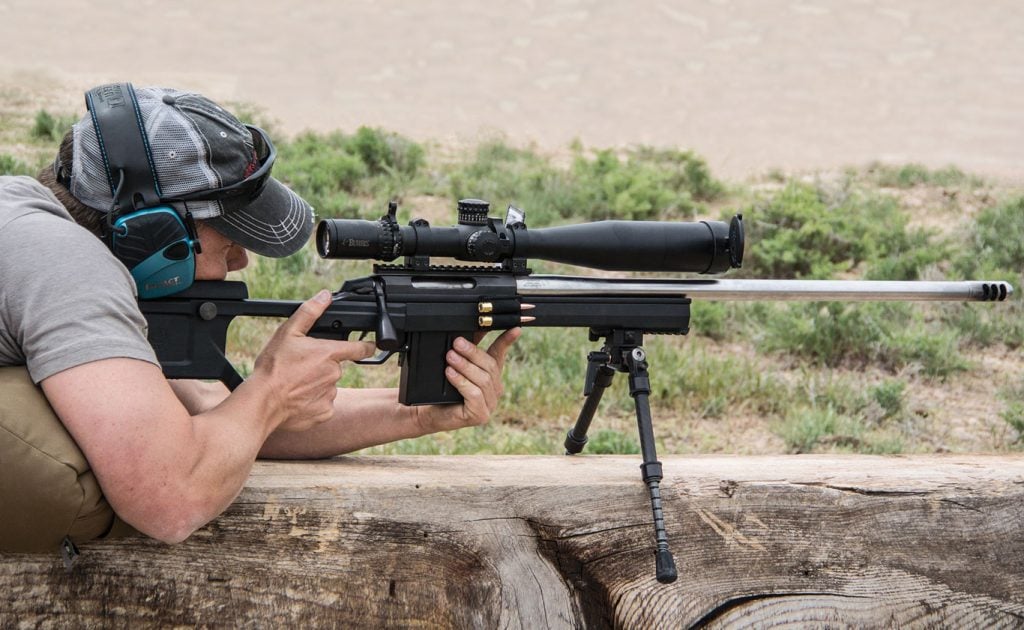
George and Tom put their heads together to discover a solution — 6mm GT.
What is 6mm GT?
There are a number of things that make the 6mm GT unique compared to other cartridges.
Shoulder Angle
Gardner and Jacobs knew the shoulder angle of the casing was one of the first things they needed to change if they were going to have a cartridge that fed reliably every time.
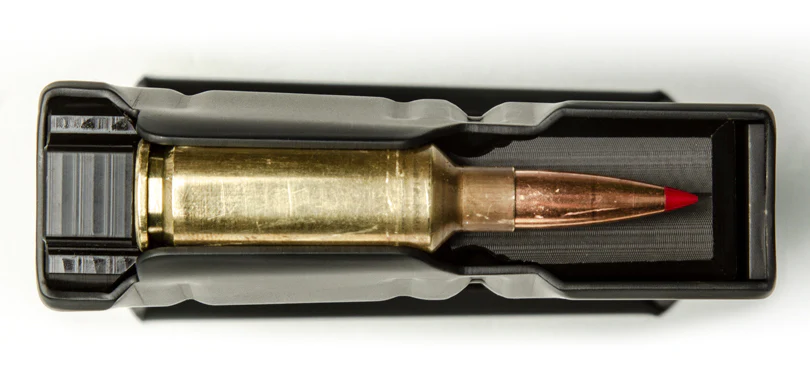
The 6BR had long been one of the most popular PRS cartridges, with the Dasher being the most well-known of the 6BR lineup. The Dasher has a 40-degree shoulder angle which contributed to its difficulties with feeding properly.
Many PRS shooters at the time were using 30-degree shoulder angles, and George’s search for answers led him to Fred Harp’s research which discussed how well a 32-degree shoulder worked.
Splitting the difference, the two settled for a 35-degree shoulder angle.

Length
The length of the 6mm GT also helps it to feed better. Measured from the base to the shoulder junction, the 6mm GT is .100 inches longer than the Dasher, and the neck length of the 6mm GT is .050 inches longer.
All in all, this makes the 6mm GT brass .150 inches longer than the Dasher, further improving feed reliability.
Powder
The 6mm GT was principally designed to operate with Varget powder in mind.
Varget is well known for its stability and accuracy, is pretty easy to find, and many shooters are familiar with it. These factors combined help make the 6mm GT an excellent cartridge for the home reloader and competitive shooter.
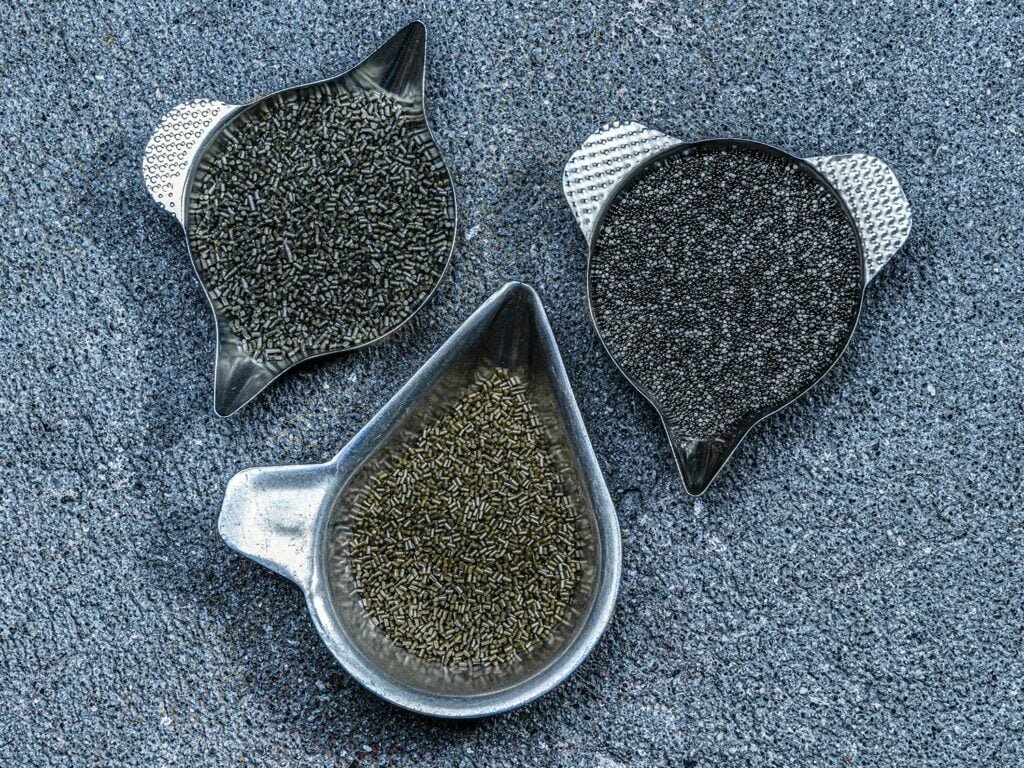
If you don’t like Varget or can’t find it, Hodgdon H4350 is another powder many use for the 6mm GT.
6mm GT vs. 6mm Creedmoor vs. 6BR: What’s the Difference?
How do these three cartridges compare with one another? Let’s take a closer look to see.
Size
Size-wise, the 6mm GT is a happy medium between the longer 6mm Creedmoor and the shorter 6BR.
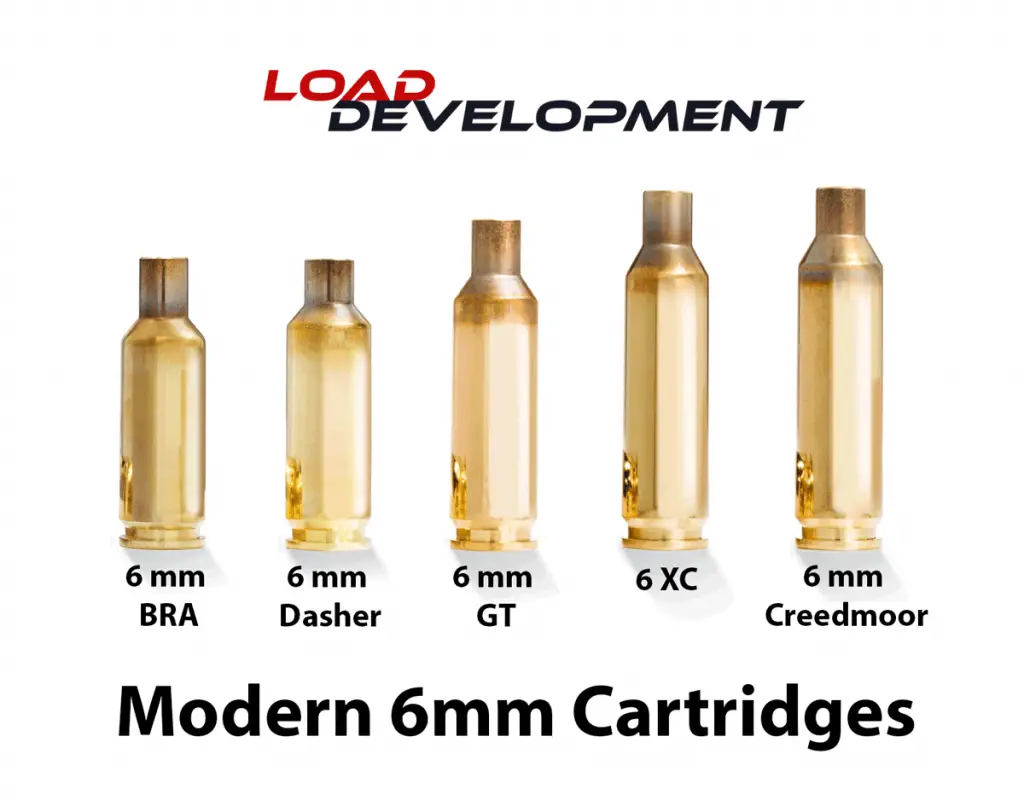
The 6mm Creedmoor can most certainly hold more powder, but the 6mm GT’s size seems to strike a balance between providing good feeding ability and lower powder requirements.
Ease of Access
If you enjoy reloading, you know that 6BR can be a pain…
It’s hard to find brass, and the reloading components are expensive. In my experience, 6mm Creedmoor is easier to find brass and dies for – and it’s a great cartridge – but there are some distinct advantages the 6mm GT has over it.
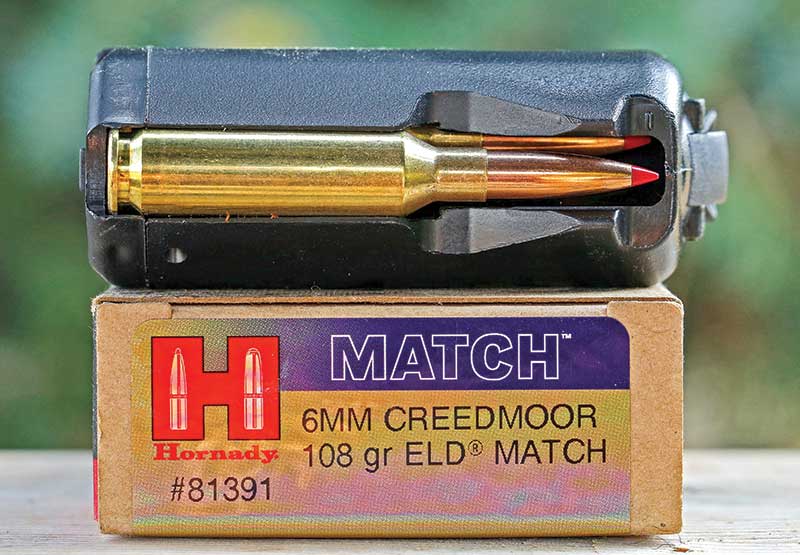
Talking brass, however, 6mm GT is readily available, and the casings can be reused much longer than some other cartridges. This is largely attributable to the smaller primer pocket present on 6mm GT brass.
In many cases, Gardner says he’s been able to get 20 reloads out of 6mm GT brass, meaning this is a very cost-effective way to spend time at the range.
Accuracy
Shooting with Varget certainly helps with this, but you also get tighter twists with 6mm GT to better help stabilize the bullet as it travels down range. This, in turn, leads to more accuracy.
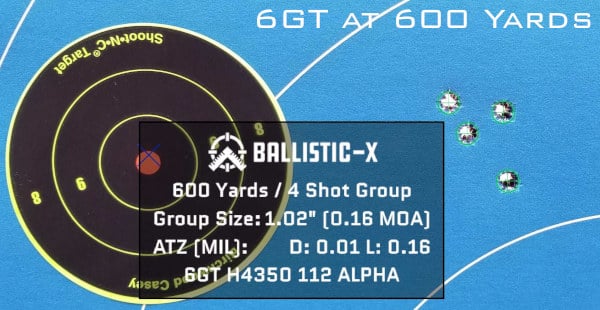
Reload Forgiveness
Reloading is most certainly a science, but the 6mm GT gives you more leeway than other cartridges.
You can get great results with various reload combinations compared to some of the other PRS cartridges that require more strict loading criteria.
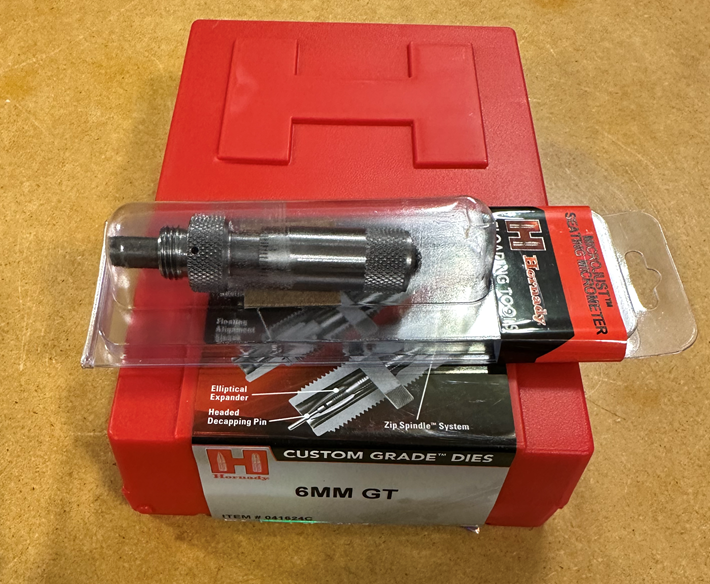
This is a huge boon in a world where powder, brass, and bullets are still in short supply.
Prices accurate at time of writing
Prices accurate at time of writing
-
25% off all OAKLEY products - OAKLEY25
Copied! Visit Merchant
Easy on the Barrel
You can get away with more barrel-friendly powders with the 6mm GT versus the 6mm Creedmoor.
6BR was well known for this, and the 6mm GT was able to capitalize on the same thing. It also uses less than the 6mm Creedmoor as well.
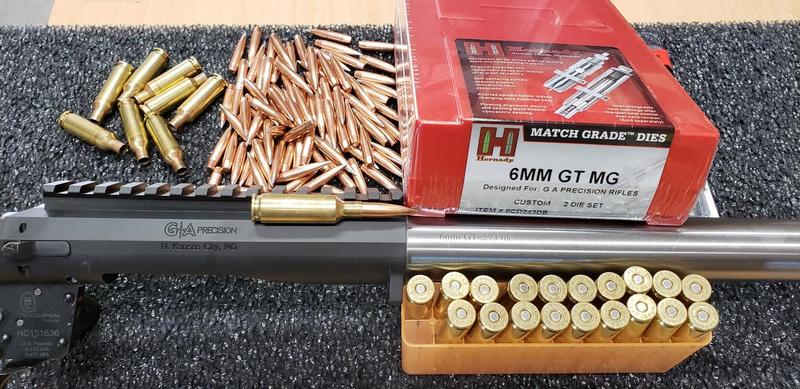
Not only does this save you money in the long run on powder, but it also extends the life of your barrel (saving even more money). Seems like a win-win to me!
Muzzle Velocity
It’s no secret that it’s easier to control the muzzle velocity with the 6BR than with the 6mm Creedmoor. You want as little deviation as possible between your rounds to ensure consistency.

Like the 6BR, 6GT also has a more consistent muzzle velocity, with shooters regularly getting 2,850–2,975 fps with 33-34.5 grains.
Why is 6mm GT so Popular with PRS?
Simply put, the 6mm GT takes the best qualities from the cartridges around it and leaves the bad behind.
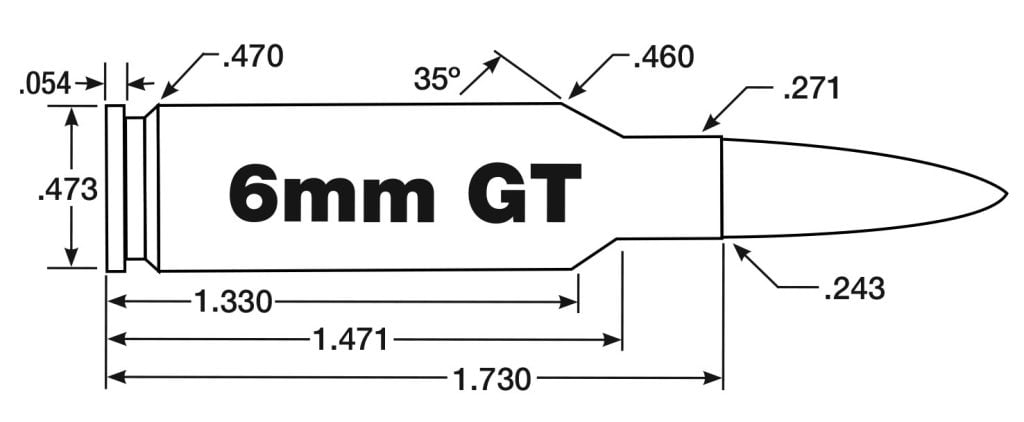
The result is a more predictable and barrel-friendly cartridge than the 6mm Creedmoor. It can utilize the accurate and forgiving powders of the 6BR, has fantastic accuracy, and due to its shoulder angle and case length, it doesn’t suffer from feeding issues.
When you’re pulling the best from the best, you’re bound to end up with a winner, and that’s exactly what Gardner and Jones did.
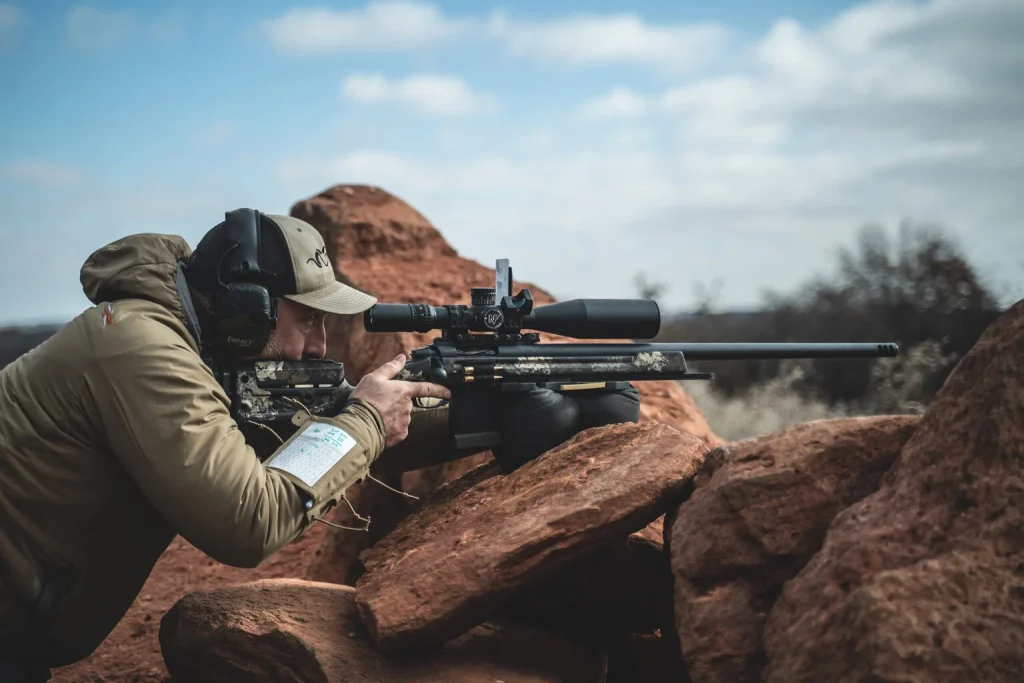
The two actually shot the 6mm GT for an entire year at PRS events without telling anybody what they were loading. Once the secret was revealed in 2019, it didn’t take long for other competitors to see the advantages.
While GA Precision only churns out so many guns per year – Gardner noted that rifles chambered in 6mm GT has steadily risen over the past two years.
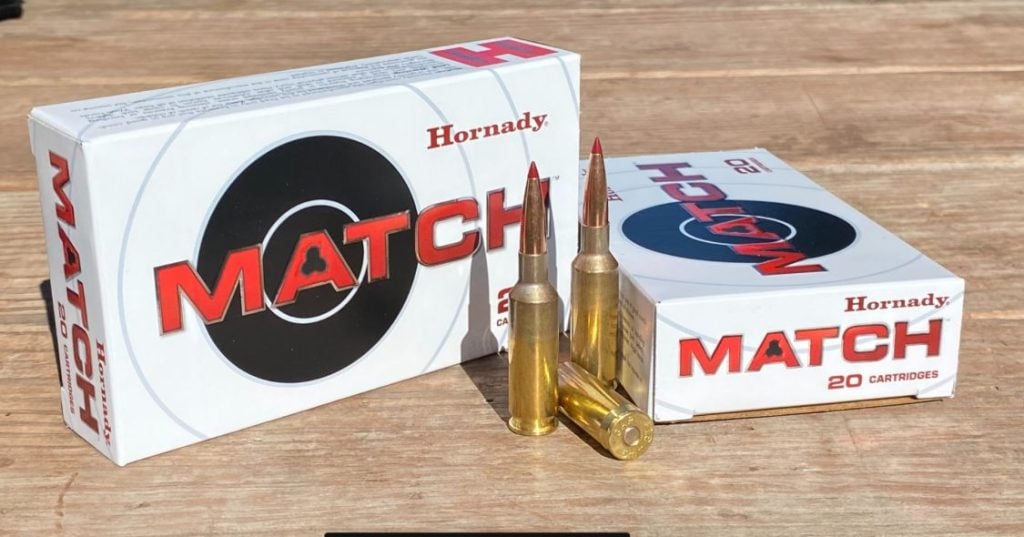
Even the U.S. Army has been buying 6mm GT rifles for international shooting events rather than using standard-issue sniper rifles.
Final Thoughts
Gardner and Jones built a legend, and it’s not going anywhere (other than downrange) anytime soon.
If you’ve been involved in the world of PRS or are looking for an accurate rifle for long-range hunting, I highly recommend delving into the world of 6mm GT.
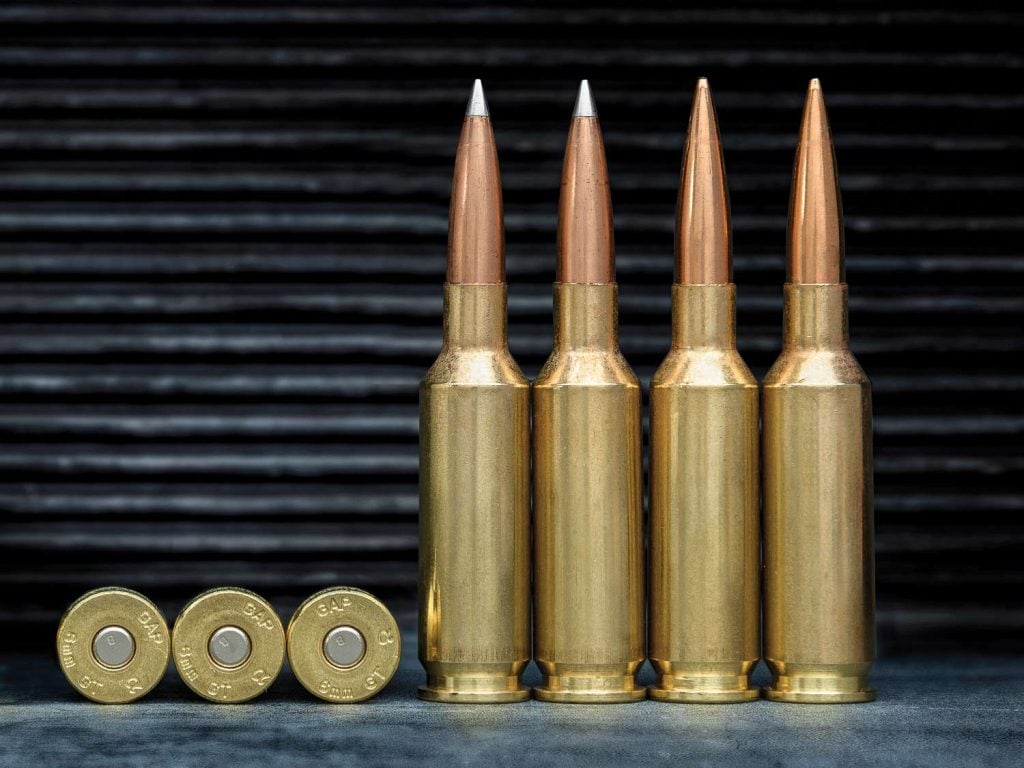
If you’re a competitive shooter and you don’t, you risk getting left behind.
What are your thoughts on the 6mm GT? Have you had the chance to shoot with it yet? Let us know in the comments below! You can also check out our hands-on article covering the 9 Best Long Range Rifle Scopes for 2023!

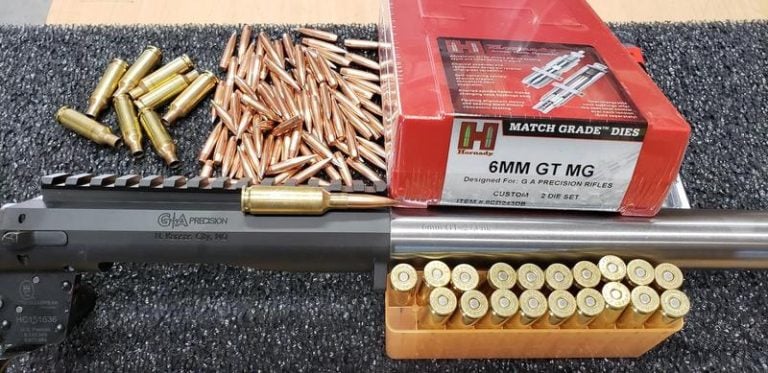
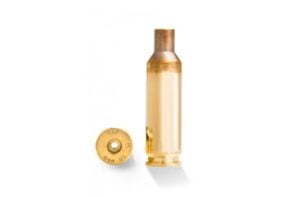




10 Leave a Reply
Upgrade your AR-15 with Rare Breed Triggers for rapid-fire capability and unmatched performance. Discover the power of Forced Reset Triggers today.
Sounds nice but if I want something shorter than the Creed, better feeding than 6BR and bit more capable than Dasher then I go with the 6x47mm.
Looking at the latest top 100 the overwhelming choice is the 6 dasher.
Is it their familiarity with the 6 dasher and equipment investment that deter the swap to the 6GT? Is the 6 GT does not give enough improvement to change?
With that would it be a that new entrant to the sport would benefit?
I admit, thé 6GT sounds alluring. It is very well-mannered, capable of low sd, and highly predictable trajectory/water line. It has fairly long barrel life for a warm (if not hot) 6mm, and being new, you would expect any barrel reamed for it to have a twist rate fast enough to stabilize some of the fabulous, high bc bullets that are now available.
What is, and will hold the GT back from the real broad popularity it probably merits is the lack of respectable, mass-produced rifles chambered for it in hunting configuration. The GT should make an excellent hunting round with none of the demerits of the .243 or even the 6 Creed, but most of the virtues. If you don’t think multi-purpose rifle cartridges are useful or appreciated, go look at the sales figures for the .243 at its initial introduction as a varmint/deer cartridge. The 6GT already has a huge potential “public” that understands and appreciates the virtues of cartridges that offer the ability to use the most effective-for-caliber bullets at moderate velocities that can knock a whitetail whack-dead while remaining easy on the shoulder (heard of the 6.5 Creed, anyone?)
The big ammo and gun companies need to shed their chicken feathers and run up some quality-built hunting rifles and ammo in 6GT and allow themselves to be startled by the demand for them that ensues.
In my youth, shooting trends were often offshoots of mass media (western movies and TV). Today, I do not participate in precision rifle matches but can readily appreciate the benefits that accrue to me if I have a rifle capable of hits at 3/4 mile (though I would never attempt such a shot on game) when I am hunting whitetail or any other medium to small game. Having that high level of confidence in my chosen hunting tools, and the ability to practice with those tools due their easy recoil, nice habits, and accuracy potential will help make me the most accomplished marksman I can be. Ethically, it’s an imperative. Personally, it’s a source of real pleasure.
Well, I jumped on the bandwagon, first day out and I came home very happy. Initial loads were with 6.5 Staball, fed 205m, 105 Bergers and ADG brass. Ran a ladder test and I was pretty amazed with the results. Mine seems to have a very wide powder charge window, velocity was good, 2970 with my max load, no pressure signs, will go a a half grain higher to see if I can close the gap on 3000 fps.. SD of 6.2 and an ES of 16 and a .38 group... not to bad for initial load development, new barrel brass etc. groups weren't something to brag about, best .33 but that was only at 2881 fps.. and worst .57. Found a node at 38.6 & 38.8. Everything considered with groups and velocities like I got today.. I think there is a lot of potential here. Btw, it fed flawlessly..
Fed flawlessly in what rifle or action?
By "taking PRS by storm," you mean 2 people ranked top 50 are shooting it, while 50% of the top 50 are using 6 Dasher?
"No other round has made as much splash at PRS events of late as has the 6mm GT." Must be those 7 shooter regional events where it's raining gay tigers. :)
As a new individual to the community, I suppose till 6mm GT gets popularized. I'll just stick to my humble 9mm pcc which can make 6 MOA on a good day.
Your going to get into precision rifles just for 6mm GT?
PRS or hunting, a cartridge which totally outperforms all others in it's field, (such as; 6 GT or 7 PRC is NEVER a "flash in the pan. The improvements gradually cause the demise of once popular (lesser) cartridges.
That's life!